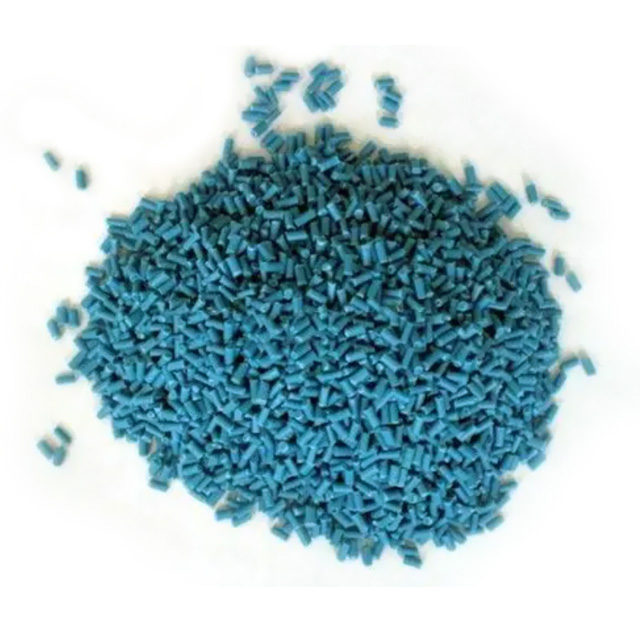
TITLE:Ex-situ presulfuration Catalyst
Classic:Sulfur tolerant shift catalyst and protective agent

TITLE:Ex-situ presulfuration Catalyst
Classic:Sulfur tolerant shift catalyst and protective agent
The cobalt and molybdenum, as active components, is in the form of oxides in the cobalt-molybdenum-series sulfur tolerant shift catalyst. Before using, the first operation is vulcanization in order to convert the metal oxide to active sulfide. Vulcanization is usually operated in the reactor by using sulfur-containing process gas or vulcanizing agent, which is called situ presulfuration. It has several technical problems that need to be overcome:
(1) The active components could be reduced to inactive ones resulting in a reduced catalyst activity because there is no sulfur under the beds at early stage.
(2) Situ presulfuration is not stable.
(3) Large capital cost and environmental pollution.
(4)The operation is difficult to control.
(5) Long operating time which results in a large amount of process gas cost.
(6) The catalyst cannot be fully vulcanized, and as a result, the activity and working life of catalyst is reduced.
Vulcanizing the catalyst to convert cobalt molybdenum oxides before being loaded in the reactor is defined as ex-situ presulfuration technology. It is achieved by using vulcanizing agent. Changyi Kaite New Materials Co. Ltd has a number of experienced research staff and technological support staffs who are experts in the field of sulfur tolerant shift catalyst. We have successfully created and developed the ex-situ presulfuration technology (KTRES) with proprietary intellectual property rights.
? KTRES technology advantages:
? The catalyst can be fully vulcanized, which avoids the active components from being reduced to inactive metals by reacting with hot hydrogen. Therefore, the activity of the catalyst is highly increased.
? The operating time is shortened by 2/3.
? Less pollution is produced and the operation is easy to control.
? Less capital cost
? Easier start up